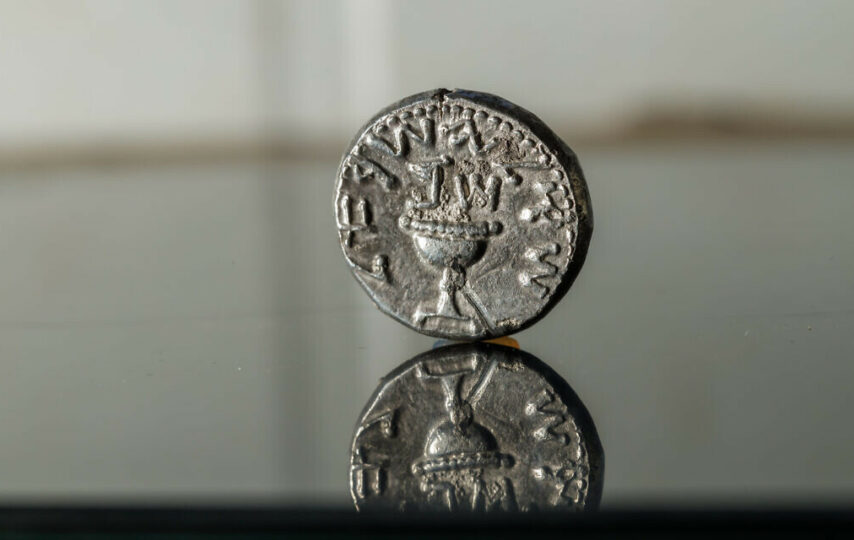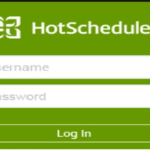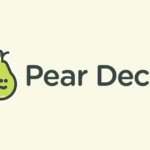A dig led to the discovery of an exceptional half-shekel coin. It dates back to the era of the Great Revolt between 66 and 70 CE during the Second Temple period. Researchers found it in the Ophel excavation site located in Jerusalem, to the south of the Temple Mount. Now everyone is talking about silver coins temple mount.
Recently, news of another remarkable discovery also came to light. It is uncovering of a wooden box containing 15 silver coins that confirm the Hanukkah story of the Maccabees. Interestingly, researchers discovered it in an excavation in the Negev Desert.
Silver Coins Temple Mount
The Citadel, also known as the Ophel, still stands today as a part of the Herodian Temple Mount. There is a Saddle that surrounds it on the south. After that, the southeastern hill extends down to the King’s Garden and the Siloam Pool below.
According to the Book of 2 Chronicles, the two Kings of Judah, Yotam, and Manasseh reinforced the fortifications at Ophel. This location was likely the same or very close to the “stronghold of Zion.” King David famously conquered and utilized it.
During the excavation of the destruction layer, researchers found many Jewish coins from the time of the Great Revolt. The majority of the coins consisted of bronze, with a considerable number of rare and unusual finds included. One particularly remarkable discovery was a half-shekel silver coin from 69/70 CE.
How Digging Led to Discovery
Researchers also found a wooden container in the Judean Desert holding 15 silver coins. This happened earlier this year and the coins were from the Maccabean era. Authorities will exhibit it at the Hasmonean Museum in Modi’in starting on December 13, 2022.
A group of researchers from the Hebrew University conducted a dig in collaboration with Armstrong College. Professor Uzi Leibner from the Institute of Archaeology served as the head of the dig. The East Jerusalem Development Company, the Israel Antiquities Authority, and the Israel Nature and Parks Authority supported the excavation.
At the Institute of Archaeology’s conservation lab, experts cleaned a unique silver coin. Then Dr. Yoav Farhi, an expert numismatist, and curator at the Eretz Israel Museum’s Kadman Numismatic Pavilion examined it.
According to Dr. Farhi, the silver coins from the Great Revolt era were the first and the last to feature the term “shekel.” He noted that the next instance of this word appearing on coins was in 1980 on Israeli shekel coins.
What Do We Know About the Newly Discovered Coins?
The researchers informed the media about a discovery in archaeological excavations in Jerusalem. This was the third coin of its kind that they found in the city. Not that excavation teams have uncovered only a few such coins previously. Jews in Jerusalem minted these coins during the Great Revolt against the Roman Empire.
The silver coins, in particular, display a goblet on one side and an inscription in ancient Hebrew script above it, which indicates the year of the Revolt. The coins, based on their denomination, had an inscription around the edge that indicated either “Israel Shekel,” “Half-Shekel,” or “Quarter-Shekel.” On the opposite side of these coins was a design featuring a branch with three pomegranates and an inscription in ancient Hebrew that read “Holy Jerusalem.”
The Making of silver coins
During the Roman Empire, only the emperor had the authority to mint silver coins. During the Jewish Revolt, the creation of coins, particularly those made of silver, was a symbolic act of political defiance and independence from Roman rule. Before the revolt, Jews didn’t have permission to mint silver coins. The same was true even during the reign of King Herod the Great.
Researchers have found that half-shekel coins, weighing an average of seven grams, were utilized to pay the yearly “half-shekel” tax to the Temple. This tax was mandated for every adult Jewish male and was used to support the expenses of worship. Now you know why people find the topic of silver coins temple mount interesting.
Final Words: Silver Coins Temple Mount
Before the uprising, it was typical to use silver coins of high quality, which were minted in Tyre, Lebanon, and referred to as Tyrean shekels or Tyrean half-shekels, for the payment of the half-shekel tax, as stated by Farhi. The half-shekel coins displayed the image of Herakles-Melqart, the main deity of Tyre, on one side.








